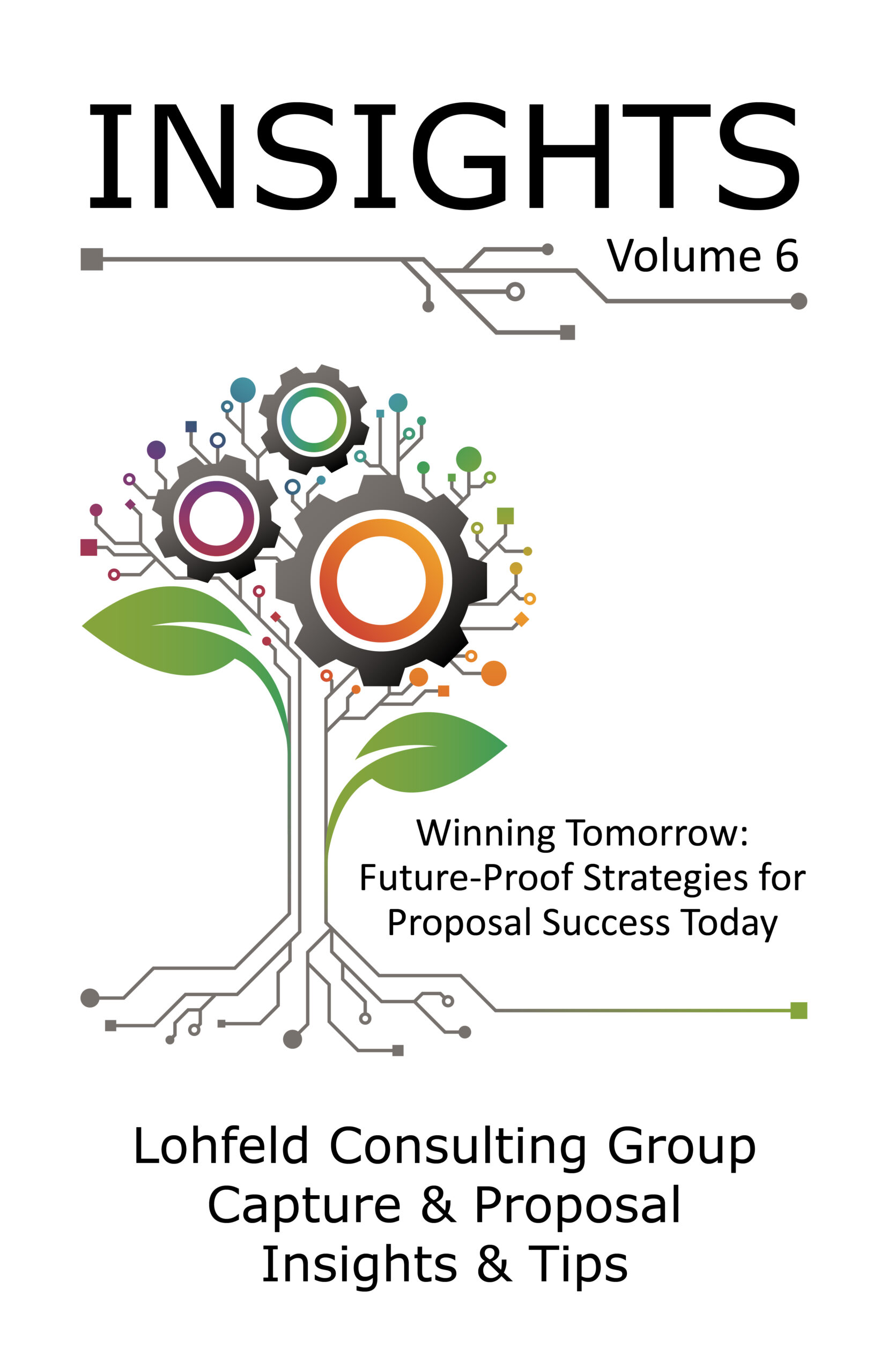4 must-do’s if you are bidding on Alliant 2
 The solicitations for GSA Alliant 2 Unrestricted and Small Business will be released shortly. There is no time like the present to get organized to win a seat on one of the most successful GWACs ever.
The solicitations for GSA Alliant 2 Unrestricted and Small Business will be released shortly. There is no time like the present to get organized to win a seat on one of the most successful GWACs ever.
Just look at the numbers—both Alliant and Alliant SB ranked as the second largest non-schedule MACs in 2015, with the Defense Department being a top user. With Defense Health Agency’s cancellation of its health IT contract vehicle in favor of Alliant, and DOD and Veterans Affairs modernizing health records, Alliant 2 (with a $50 billion ceiling for Unrestricted and $15 billion for SB) is slated to be a top vehicle for health IT.
For small businesses that win Alliant 2 SB, this GWAC could be the key to graduating successfully from small to mid-tier.
GSA Alliant 2 is a critical piece of the MAC portfolio that IT companies must have to succeed in today’s market. With Alliant 2, GSA is continuing its approach, similar to that used for OASIS, of evaluating prime-only experience, past performance, and corporate capabilities as well as fair and reasonable price.
As with OASIS, smaller mid-tiers will have a difficult time finding a seat at the table since the Unrestricted vehicle is limited to 60 awardees and the standards for entry are high.
As with OASIS, self-scoring allows offerors to determine in advance whether they can be competitive. If you plan to compete for one of the 60 Unrestricted or 80 SB slots available, prepare now by self-scoring your experience, past performance, systems, facility clearance, financial strength, and certifications and gathering associated documentation.
With 200-plus bids expected per track, price to win for labor rates is also critical. Evaluation of fair and reasonable pricing is the final step in GSA’s evaluation and will happen only after the government has selected the apparent winners. Do not risk an unacceptable rating by proposing poorly crafted, uncompetitive labor rates.
While waiting for the final RFP, use the draft Document Verification and Self Scoring Worksheet both to prepare and to assess whether you can be competitive. Four areas are critical to determining your total points and whether you can reach or come close to the 75,600 maximum points available.
- Experience: Offerors will need to demonstrate experience by Product Service Codes (PSCs) and by Leading Edge Technologies (LETs). The greater number of agencies served, breadth and depth and larger contract value you can prove across PSC codes and LET categories, the higher you will score. So, not only do you have to identify relevant projects across many categories, you have to research PSCs, which can be challenging, and gather the documentation needed for GSA to verify these.
- Past Performance: For PSC code projects only, you must provide past performance references, preferably in the form of a CPARS and preferably showing Exceptional ratings. Vet that the projects you select to match the PSC codes also have excellent ratings.
- Systems and Clearances: While the listed systems (such as CAS, EVMS, etc.) and facility clearance are not required, they will be rated more favorably. Gather your documentation as evidence.
- Certifications: As with systems and facility clearance, certifications are not required but will be rated more favorably. Again, gather the required documentation in advance.
GSA has provided a draft RFP with the self-scoring templates needed to get ahead of the game. However, companies who fail to prepare now may not be able to catch up once the RFP drops.
Do not underestimate the work involved in putting together a credible bid, especially with the level of corresponding evidence needed. Make it priority number one to gather the complex, detailed, and mandatory documentation that GSA requires if you want to win a slot on one of the most coveted GWACs of 2016.
This article was originally published March 11, 2016 in WashingtonTechnology.com.
Paperback or Kindle
10 steps to creating high-scoring proposals
by Bob Lohfeld
contributors Edited by Beth Wingate
Subscribe to our free ebrief
Teaming friends, frenemies, and enemies—12 tips to mitigate harmful effects
Did you know that contracting officers spend up to 20% of their time mitigating disputes between teaming partners? In an informal poll we conducted on LinkedIn last month, 40% of respondents classified their teaming partners as “frenemies” on their last bid.
Explore Further
- Advice (538)
- AI (27)
- APMP (18)
- Army MAPS Contracts (3)
- Business Development (293)
- Capture Management (265)
- Complex Technology Grants Services (26)
- Favorite Books (5)
- GenAI (4)
- Go-to-Market (27)
- Graphics (5)
- Lohfeld Books (2)
- NASA SEWP VI Contracts (2)
- Navy SeaPort-NxG Contracts (2)
- NIST MSE Grants (1)
- NIST NAPMP Grants (2)
- Past Performance (63)
- Post-submission Phase (14)
- Pre-RFP Preparation (263)
- Proposal Management (337)
- Proposal Production (75)
- Proposal Reviews (38)
- Proposal Writing (105)
- Pursuit Phase (108)
- Research Report (4)
- Resources (63)
- Tools & Tips (419)
- Training (13)
- Uncategorized (223)

Sign Up for INSIGHTS and Download your FREE book
We'd love to help you with your proposals. Enjoy our complimentary Lohfeld Consulting Group Capture & Proposal Insights & Tips book with your FREE subscription to our Insights Newsletter.
GET YOUR FREE BOOK



